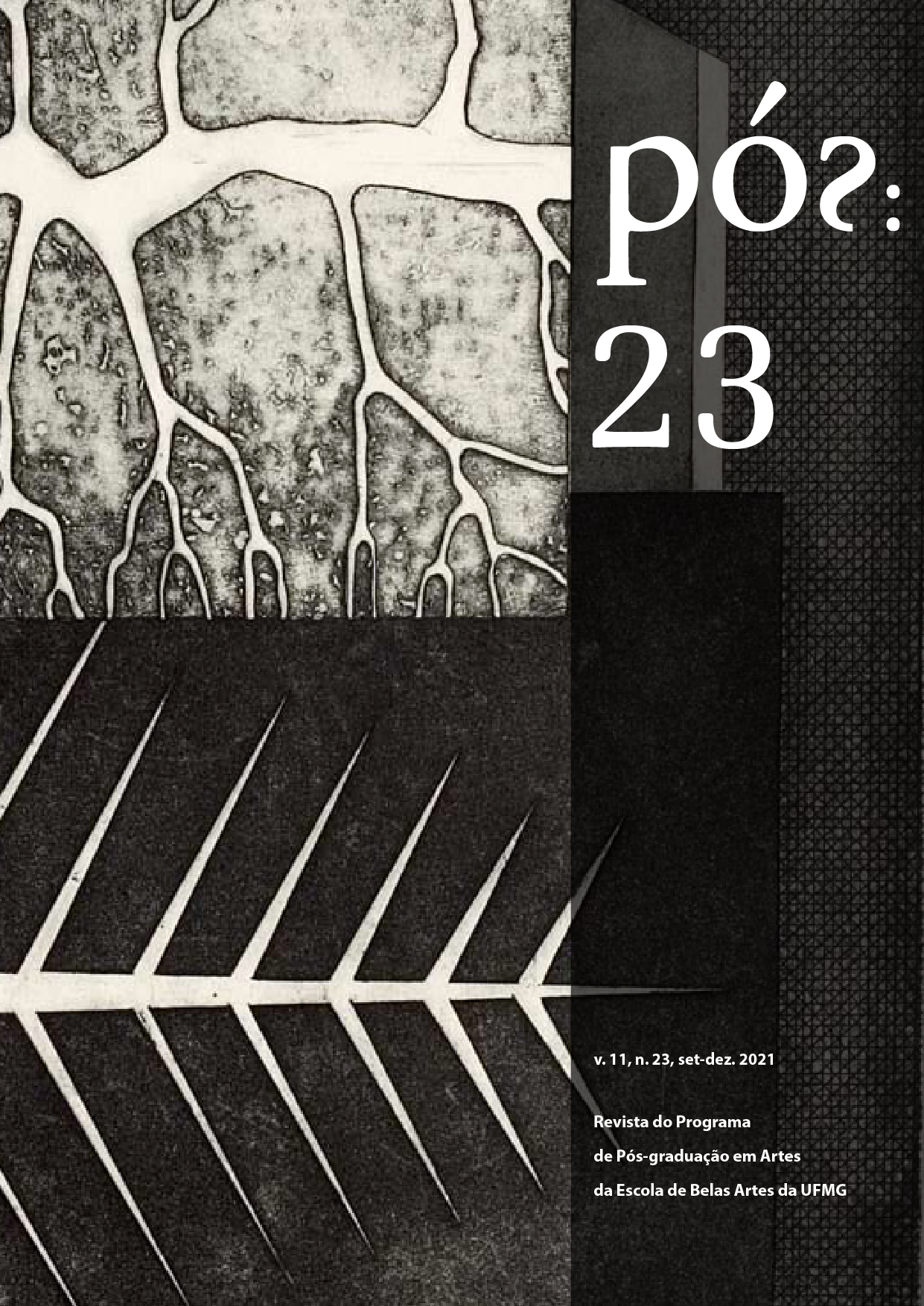The scenic work as an aesthetic experience for early childhood
The poetic and pedagogical path of Núcleo Quanta
DOI:
https://doi.org/10.35699/2237-5864.2021.32924Keywords:
Performing arts and early childhood, Aesthetic experience and early childhood, Contemporary art and early childhoodAbstract
This article analyses the poetic and pedagogical proposal of Núcleo Quanta, of artistic creation and research for early childhood. It aims at the dialogue between the scenic construction and the universe of young children, in their ontological and expressive singularity. We analyse: the relationship between playing and the creative experience; the body and the movement of children and their relationship with the scene; the scenic space as an environment of play and aesthetic experience; the scenic materialities as intermediaries between the body, the movement and the space; the relationship between artists and spectators in the construction of the scenic work. Thus, early childhood is understood as a creative power and the scene as an environment that triggers its unique aesthetic experience.
References
ARAUJO, Everton Lampe de. O auto-teatro de Hélio Oiticica: provocações de uma arte ambiental. Urdimento – Revista de Estudos em Artes Cênicas, Florianópolis, v. 2, n. 38, p.1-18 ago./set. 2020. Disponível em: https://www.revistas.udesc.br/index.php/urdimento/issue/view/767. Acesso em: 31/03/2021.
BÉZIERS, Marie-Madeleine e HUNSINGER, Yva. O bebê e a coordenação motora. São Paulo: Summus, 1994.
BRANDSTETTER, Gabriele. Dança como cena-grafia do saber. Urdimento – Revista de Estudos em Artes Cênicas, Florianópolis, v.2, n.19, p.101-111 nov.2012. Disponível em: https://www.revistas.udesc.br/index.php/urdimento/article/view/3195. Acesso em: 30/03/2021.
CATALANO, Ana Rosa. O lugar do espectador participante na obra de Lygia Clark e Helio Oiticica. 2004. 99 f. Dissertação de Mestrado em História Social da Cultura. PUC, Rio de Janeiro, 2004.
DESGRANGES, Flávio. A inversão da olhadela: reflexões sobre o ato do espectador teatral. São Paulo: Hucitec, 2017.
FOUCAULT, Michel. O Corpo Utópico, as Heterotopias. São Paulo: n-1 edições, 2013.
LOPONTE, Luciana. Arte e metáforas contemporâneas para pensar a infância e a educação. Revista Brasileira de Educação, Porto Alegre v. 13, n. 37, p.112-122, jan./abr. 2008.
MACHADO, Marina Marcondes. A criança é performer. Revista Educação e Realidade, Porto Alegre: UFRGS, vol.35, nº2, pp.115-137, maio/ago 2010.
MACHADO, Marina Marcondes. A Poética do Brincar. São Paulo: Loyola, 2004.
RANCIÈRE, Jacques. A Partilha do Sensível. São Paulo: Editora 34, 2009.
REVISTA EDUCAÇÃO. Cultura e Sociologia da Infância: a criança em foco. São Paulo: Editora Segmento, 2013.
ROSENTHAL, Dália. Joseph Beuys: o elemento material como agente social. ARS, São Paulo, v.9, n.18. p.110-133, 2011. Disponível em: https://www.scielo.br/scielo.php?script=sci_arttext&pid=S1678-53202011000200008&lng=en&nrm=iso&tlng=pt. Acesso em: 30/03/2021.
RYNGAERT, Jean-Pierre. Jogar, Representar. São Paulo: CosacNaify, 2009.
VIGANÓ, Suzana Schmidt. Quanta: a experiência estética e a primeira infância. Mauritius: Novas Edições Acadêmicas, 2019.
WINNICOTT, D.W.. O Brincar e a Realidade. Rio de Janeiro: Imago, 1975.
ZOURABICHVILI, François, O Vocabulário de Deleuze. IFCH/UNICAMP, 2004.
Downloads
Published
How to Cite
Issue
Section
License
Copyright (c) 2021 Suzana Schmidt Viganó

This work is licensed under a Creative Commons Attribution-NonCommercial 4.0 International License.
Authors who publish in this journal agree to the following terms:
- Authors retain copyright and grant the journal the right of first publication, with the work simultaneously licensed under the a Creative Commons Attribution-NonCommercial 4.0 International License that permits sharing of the work with acknowledgement of authorship and initial publication in this journal;
- Authors are permitted to enter into additional contracts separately, for non-exclusive distribution of the version of the work published in this journal (e.g., the Creative Commons Attribution License).
- Authors are permitted and encouraged to publish and distribute their work online (e.g., in institutional repositories or on their home page) at any point before or during the editorial process, as this may generate productive changes as well as increase the impact and citation of the published work.
- It is the responsibility of the authors to obtain written permission to use in their articles materials protected by copyright law. Revista PÓS is not responsible for copyright breaches made by its contributors.











